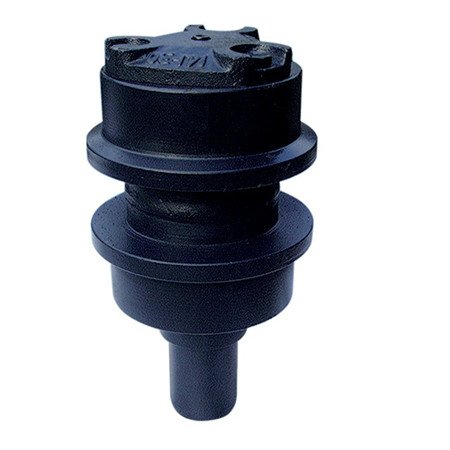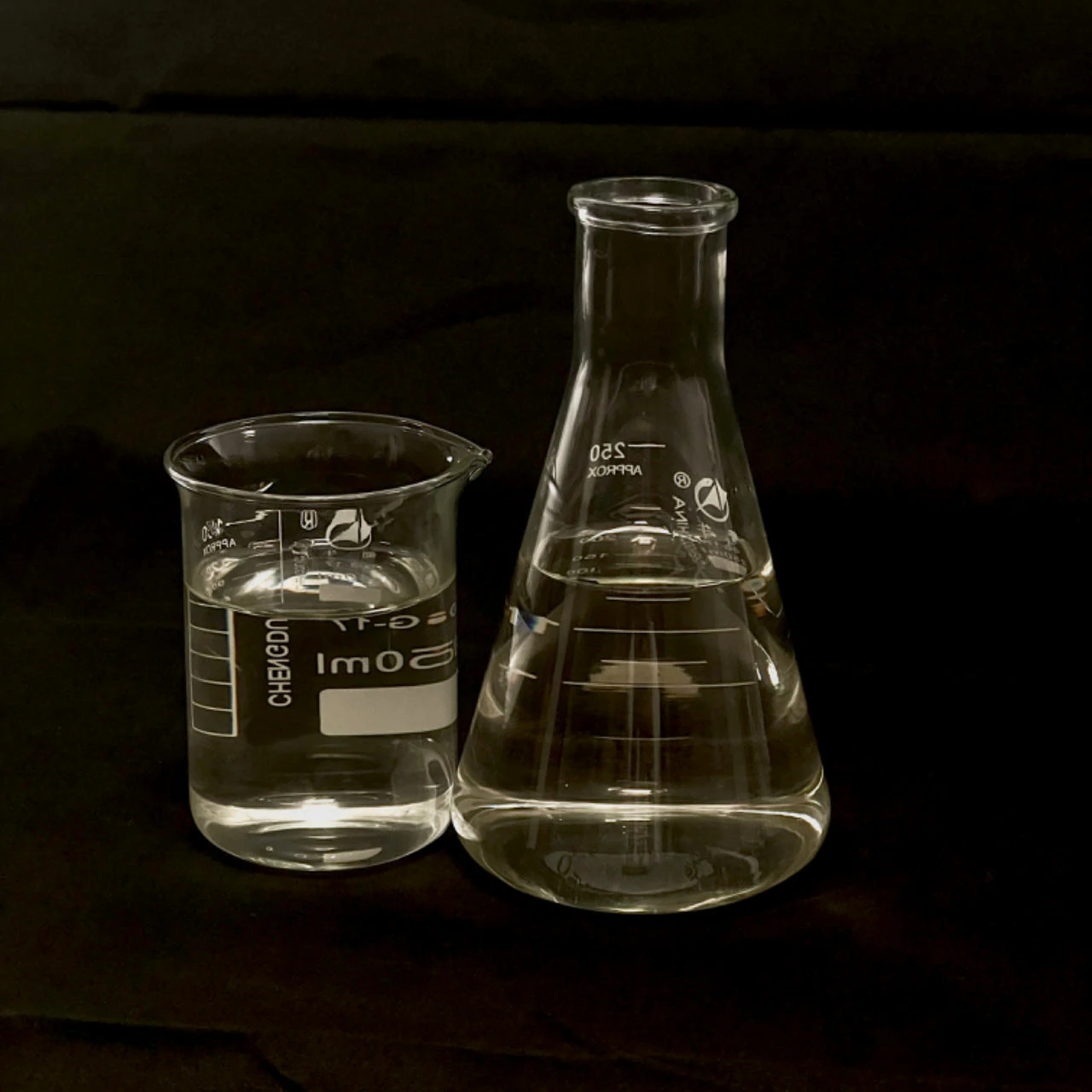The carrier roller plays a crucial role in ensuring the overall stability and smooth operation of an excavator.
Here’s how it contributes to these aspects:
Load Distribution: The carrier roller helps distribute the weight and load of the excavator’s undercarriage, including the track chain and other components. It helps prevent excessive stress on individual components by evenly distributing the load, thereby enhancing stability during operation.
Track Alignment: The carrier roller, along with other undercarriage components like track rollers and idlers, helps maintain proper track alignment. It guides and supports the track chain, ensuring it stays in its intended position and minimizes lateral movements. This alignment is vital for stable and efficient operation, especially in challenging terrains.
Track Tension: The carrier roller contributes to maintaining proper track tension. It helps keep the appropriate tension on the track chain, preventing excessive slack or tightness. Optimal track tension ensures smooth and reliable movement of the excavator, reducing the risk of track derailment or premature wear.
Shock Absorption: During operation, the carrier roller absorbs shocks and vibrations generated by the excavator’s movement on uneven or rough terrain. It helps dampen these impacts, reducing the transmission of vibrations to the rest of the machine. This contributes to a smoother operation, increased operator comfort, and reduced stress on other components.
Track Support and Guidance: The carrier roller provides support and guidance to the track chain as it moves around the undercarriage. It helps prevent excessive lateral movement or deviation of the track, ensuring it stays on its intended path. This support enhances stability during turning, maneuvering, and navigating various terrains.
Reduced Friction: The carrier roller, along with other undercarriage components, helps reduce friction between the track chain and the ground surface. This reduction in friction minimizes power loss, improves fuel efficiency, and promotes smooth and efficient movement of the excavator.
Overall, the carrier roller plays a vital role in maintaining stability, proper track alignment, track tension, shock absorption, and smooth operation of the excavator. It is an essential component that contributes to the overall performance and longevity of the machine’s undercarriage system.
What are the common maintenance and inspection procedures for carrier rollers?
To ensure the optimal performance and longevity of carrier rollers in an excavator’s undercarriage system, regular maintenance and inspections are crucial.
Here are some common maintenance and inspection procedures for carrier rollers:
Regular Cleaning: Keep the carrier rollers clean by removing dirt, debris, and other contaminants that can accumulate on the surface. KOMATSU PC200-5 Excavator Undercarriage Part Carrier Roller supplier Use compressed air, brushes, or water (if appropriate) to clean the rollers. This helps prevent abrasive particles from causing premature wear.
Lubrication: Follow the manufacturer’s recommendations for lubricating the carrier rollers. Apply the appropriate lubricant to the roller’s bearings to ensure smooth rotation and reduce friction. Regular lubrication helps extend the lifespan of the rollers and prevents premature failures.
Inspection for Wear: Regularly inspect the carrier rollers for signs of wear, such as excessive wear on the roller surface, uneven wear patterns, or damage to the bearings. If any wear or damage is detected, the carrier rollers may need to be replaced or repaired promptly.
Tightness of Fasteners: Check the tightness of fasteners, such as bolts or nuts, that secure the carrier rollers to the undercarriage frame. Loose fasteners can lead to instability or premature wear. Ensure that all fasteners are tightened to the manufacturer’s specifications.
Track Tension Adjustment: Monitor the track tension regularly to ensure it is within the recommended range. Improper track tension can lead to excessive wear on the carrier rollers and other undercarriage components. Adjust the tension as necessary according to the manufacturer’s guidelines.
Abnormal Noises or Vibrations: During operation, pay attention to any unusual noises or vibrations coming from the carrier rollers. Unusual sounds or vibrations can indicate potential issues with the rollers or the undercarriage system. If such symptoms are observed, further inspection or professional assistance may be required.
Track Alignment: Check the alignment of the track chain with the carrier rollers. Ensure that the track chain is properly aligned and centered on the rollers. Misalignment can cause premature wear and affect the excavator’s stability and performance.
Environmental Considerations: Take into account the operating conditions and environment in which the excavator operates. If the machine is frequently exposed to abrasive or corrosive materials, consider increasing the frequency of cleaning, inspection, and maintenance.
It is essential to consult the excavator’s manufacturer’s guidelines and recommendations for specific maintenance and inspection procedures pertaining to carrier rollers. Adhering to a proactive maintenance schedule will help ensure the optimal performance and longevity of the carrier rollers in the undercarriage system.

